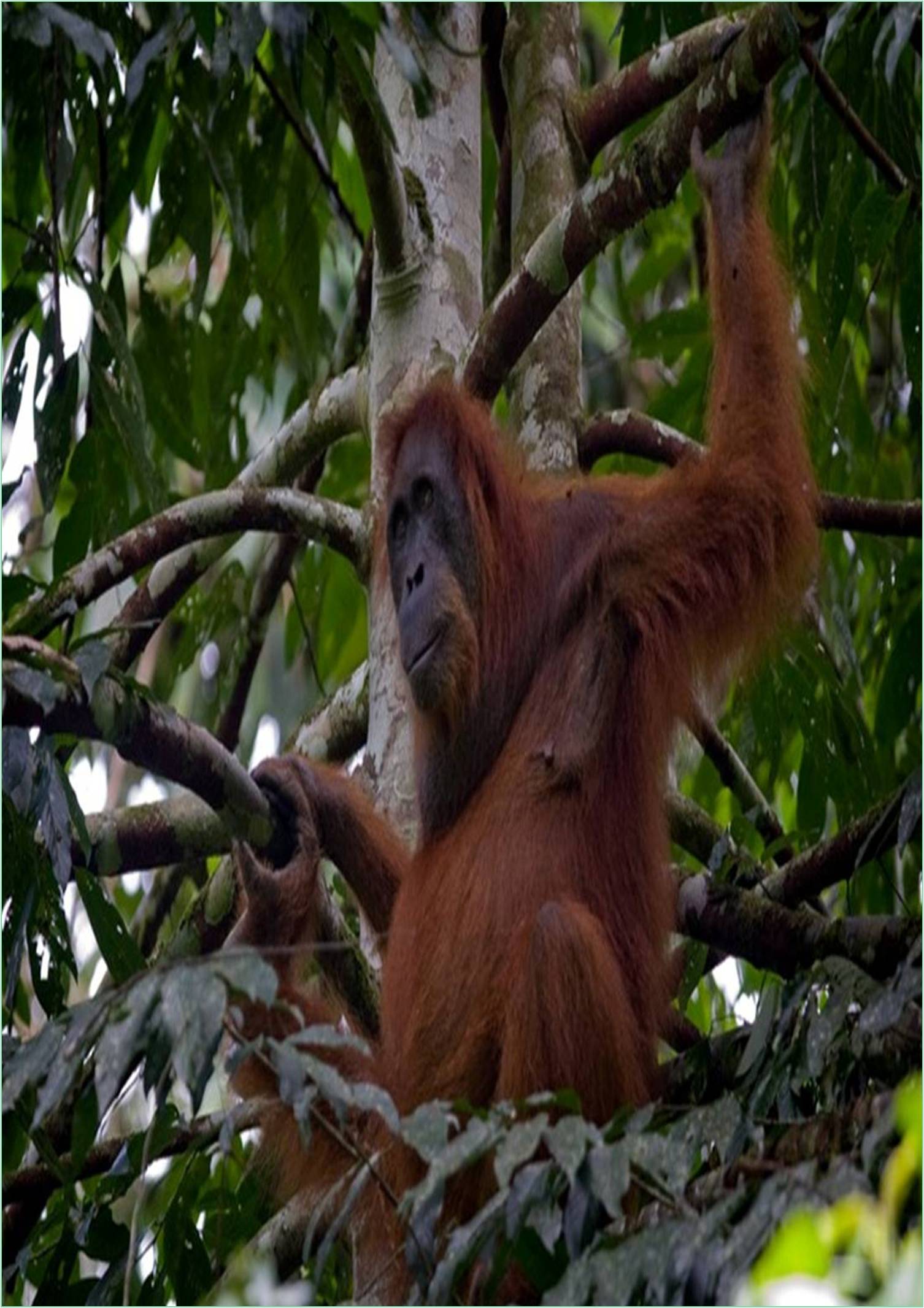



Received: 01-Nov-2022, Manuscript No. JBCR-22-83236; Editor assigned: 04-Nov-2022, Pre QC No. JBCR-22-83236 (PQ); Reviewed: 21-Nov-2022, QC No. JBCR-22-83236; Revised: 28-Nov-2022, Manuscript No. JBCR-22-83236 (R); Published: 06-Dec-2022, DOI: 10.15651/JBCR.22.1.015
Setting appropriate conservation strategies in a multithreat world is a difficult goal, particularly given natural complexity and budget constraints that prevent effective management of all ecosystems. To protect the most threatened ecosystems, accurate and integrative quantification of their vulnerability and functioning is required, particularly the potential loss of species trait diversity, which jeopardizes their functioning. However, both the magnitude of threats and the associated biological responses are highly uncertain. A major challenge is also the persistent lack of reference conditions for a fair and operational measurement of vulnerability.
In this study, they present a generalizable vulnerability framework that incorporates uncertainty and reference conditions. Their framework allows us to quantify the vulnerability of communities to a wide range of threats by simulating disturbances. Through three case studies on marine fishes and mammals, they demonstrate the relevance and operationally of our framework, as well as its global, scalable, and quantitative comparability.
Other pressing environmental and ecological threats, such as land use changes, pollution, species invasions, diseases, and resource overexploitation, are also widespread and intensifying on earth. These human caused impacts endanger people and the species that make up and sustain ecosystems. Quantifying biodiversity vulnerability, or the extent to which biodiversity and associated functions are likely to change when subjected to multiple threats, is thus critical for rationalizing ecosystem management and conservation actions. Such quantification is especially important in the current context of budget constraints and the establishment of new global carbon dioxide emission and conservation targets. Despite significant advances in their understanding of ecosystem vulnerability, flaws remain.
The majority of studies, for example, estimate vulnerability solely based on correlative species-environment relationships or expert judgments. One of the most difficult aspects of assessing ecosystem health is the need for benchmarks, also known as "reference conditions," to evaluate the status of ecosystems based on indices. A reference condition is a baseline measure of an ecosystem variable (biological, chemical, or physical attributes) that represents minimal human influence or stress. Despite the intuitive relevance of this concept for ecological assessment, the majority of ecological measures, including community-scale indices, are rarely compared to reference conditions, preventing end-users from gauging impacts or restoration actions fairly and operationally.
Considering reference conditions to assess the vulnerability of any observed community appears to be a necessary step: it allows situating the community's response to disturbances relative to the broadest range of possibilities, from the 'least' vulnerable to the ‘most' vulnerable. However, such conditions or quasi-pristine areas are now almost non-existent for most ecosystems on Earth, and previous data about pre-human conditions is frequently biased and limited. Furthermore, due to natural stochasticity in the earth's climate, a lack of data on the combined effects of various disturbances on biodiversity, and the extreme complexity of biological responses themselves, accurate predictions of species community shifts under global change remain elusive.
Unpredictability limits their ability to adapt to future environmental and socioeconomic changes, undermining management and conservation efforts. Assessing vulnerability thus necessitates estimating community sensitivity and exposure by taking into account a wide range of disturbances rather than focusing solely on a single threat. Examining the diversity of organismal traits rather than taxonomic classification can provide a more mechanistic understanding of community dynamics, such as resilience to various environmental conditions and human impacts.
High functional redundancy, on the other hand, is expected to provide many species per threat-response, implying a a more even distribution of species redundancy across traits, which may mitigate functional extinction risk. Furthermore, functionally distinct species are known to be extremely vulnerable to a variety of stresses, including overexploitation, habitat loss, and climate change. Considering species traits, such as distinctiveness and abundance, is thus a necessary step in assessing communities' functional vulnerability to multiple threats. However, a framework that takes into account nature's irreducible uncertainty and complexity in terms of current and future environmental disturbances, as well as species responses, is still lacking.